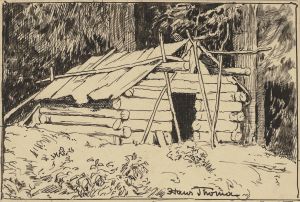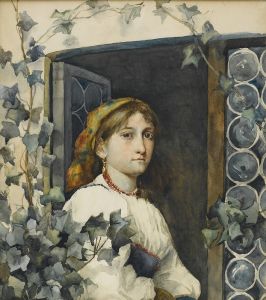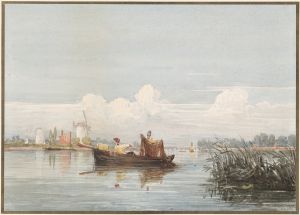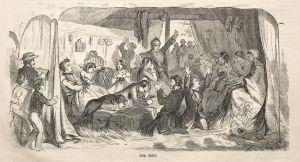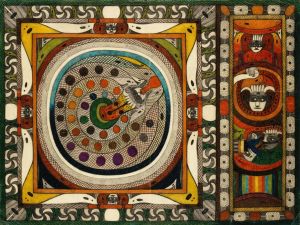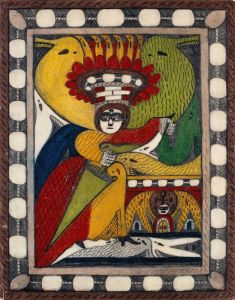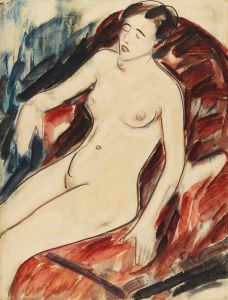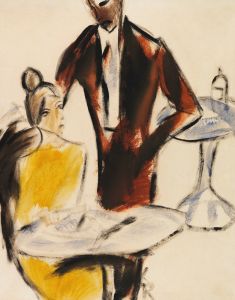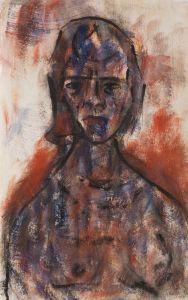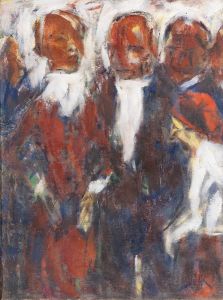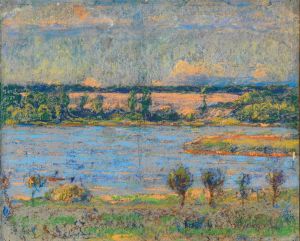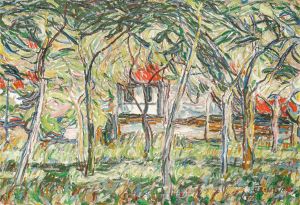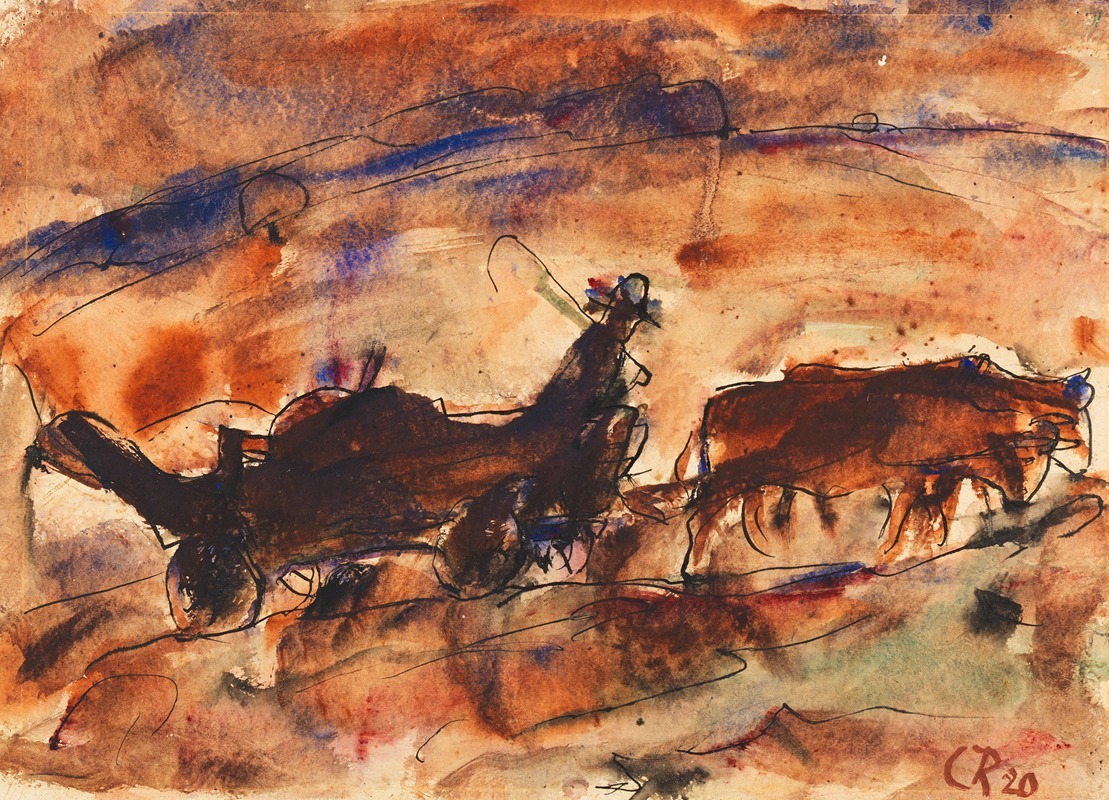
Ochsenfuhrwerk
A hand-painted replica of Christian Rohlfs’s masterpiece Ochsenfuhrwerk, meticulously crafted by professional artists to capture the true essence of the original. Each piece is created with museum-quality canvas and rare mineral pigments, carefully painted by experienced artists with delicate brushstrokes and rich, layered colors to perfectly recreate the texture of the original artwork. Unlike machine-printed reproductions, this hand-painted version brings the painting to life, infused with the artist’s emotions and skill in every stroke. Whether for personal collection or home decoration, it instantly elevates the artistic atmosphere of any space.
Christian Rohlfs (1849-1938) was a prominent German painter known for his contributions to Expressionism. One of his notable works is "Ochsenfuhrwerk" (Ox Cart), which exemplifies his mature style characterized by bold colors and dynamic brushstrokes.
Rohlfs was born in Groß Niendorf, Germany, and initially studied at the Weimar Academy of Arts. His early work was influenced by the academic style, but he gradually moved towards Impressionism and later embraced Expressionism. His transition to Expressionism was marked by a shift in his use of color and form, aiming to convey emotional intensity and subjective experience.
"Ochsenfuhrwerk" was created during a period when Rohlfs was deeply influenced by the Expressionist movement. The painting depicts an ox cart, a common rural scene, but it is rendered with a dramatic and emotional intensity that is characteristic of Expressionism. The use of vibrant colors and vigorous brushstrokes conveys a sense of movement and vitality, transforming a mundane subject into a powerful visual experience.
Rohlfs' work often focused on themes of nature and rural life, reflecting his connection to the German countryside. "Ochsenfuhrwerk" is a testament to his ability to infuse everyday scenes with a profound sense of emotion and energy. The painting's composition is dynamic, with the oxen and cart appearing almost to surge forward, creating a sense of immediacy and presence.
Throughout his career, Rohlfs was associated with several important art movements and groups. He was a member of the Berlin Secession and later the Novembergruppe, both of which were instrumental in promoting modern art in Germany. His work was exhibited widely, and he gained recognition as one of the leading figures in German Expressionism.
In addition to his contributions to painting, Rohlfs was also an influential teacher. He taught at the Folkwang School of Art in Hagen, where he mentored many young artists and helped to shape the direction of modern art in Germany. His legacy is evident in the work of his students and in the continued appreciation of his own paintings.
"Ochsenfuhrwerk" remains an important example of Rohlfs' mature style and his ability to convey deep emotional resonance through his art. The painting is held in high regard and is part of several important collections, reflecting its significance in the history of modern art.
Christian Rohlfs' work, including "Ochsenfuhrwerk," continues to be studied and admired for its innovative approach to color and form, as well as its ability to capture the emotional essence of its subjects. His contributions to Expressionism and modern art have secured his place as a key figure in the history of 20th-century art.





